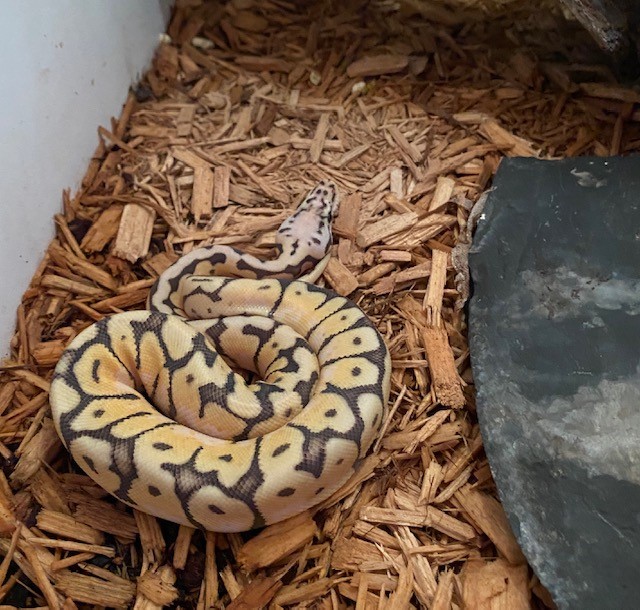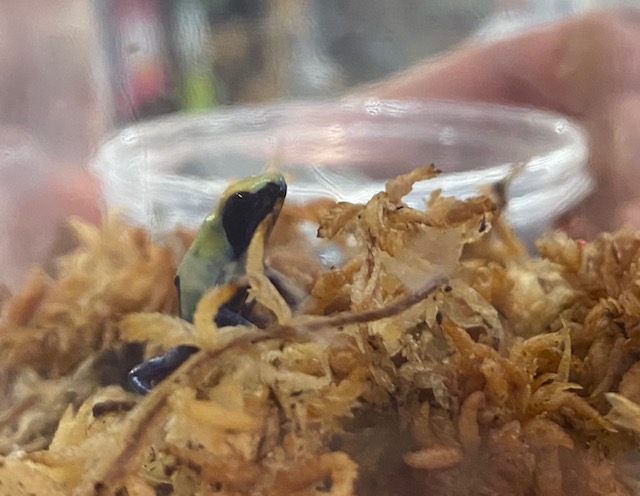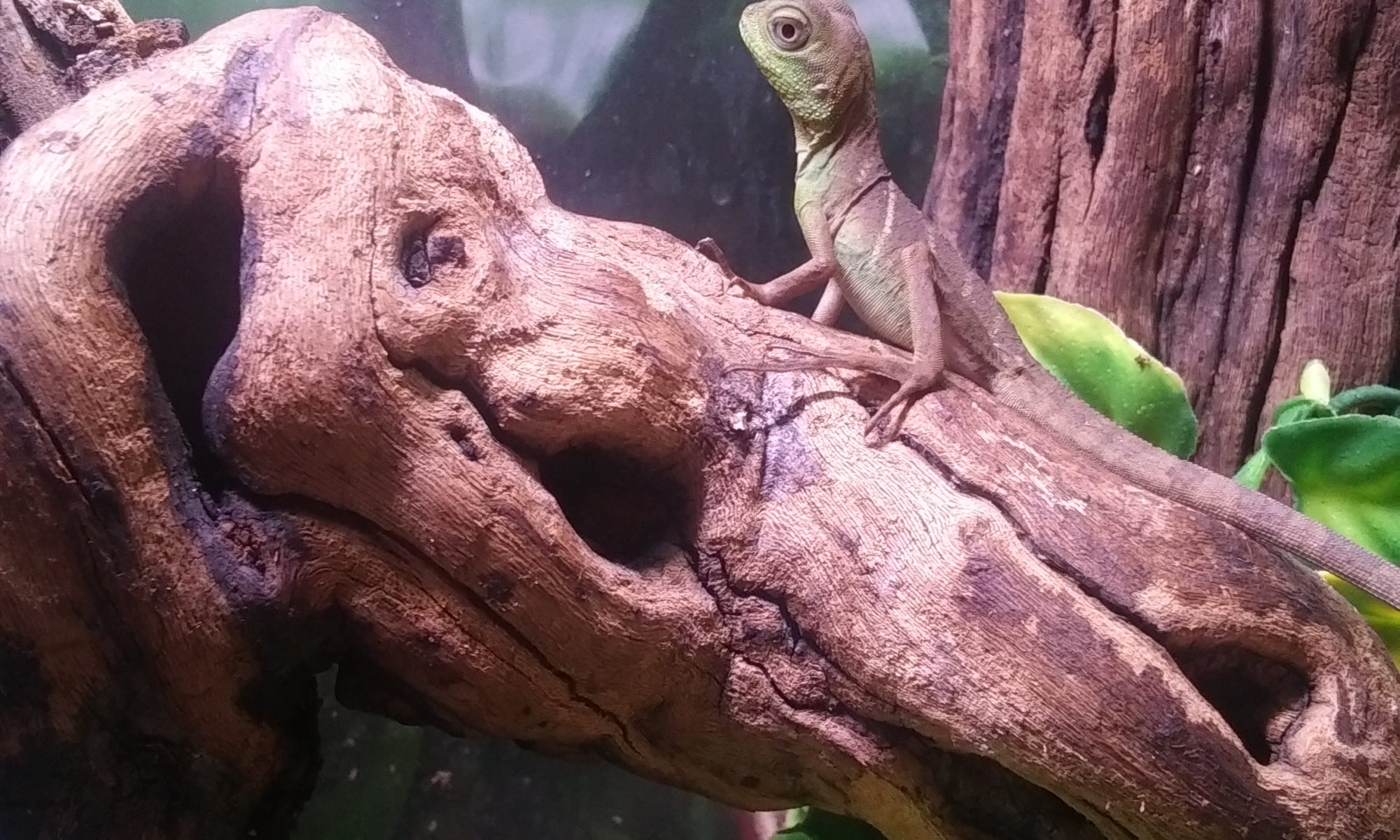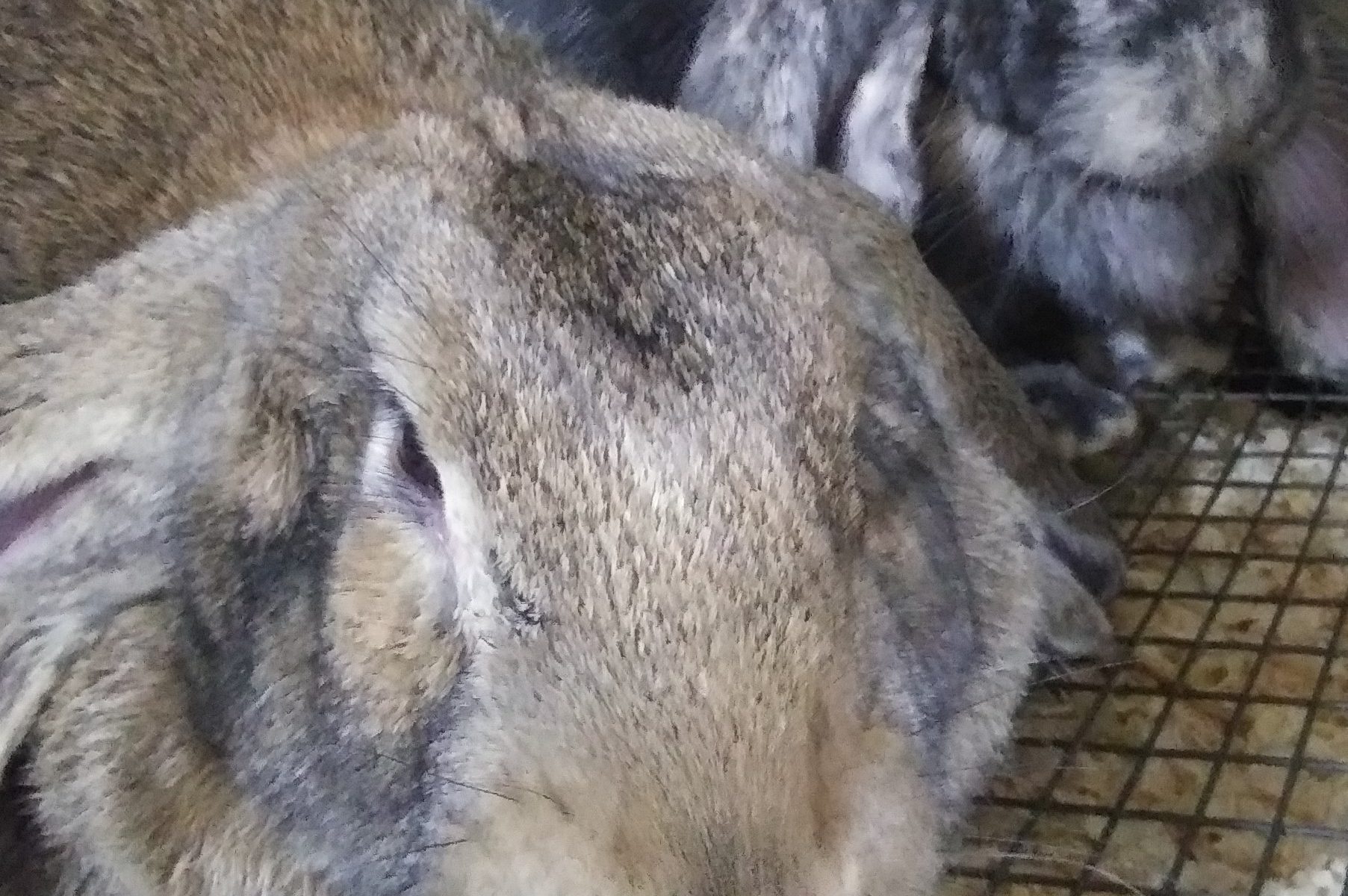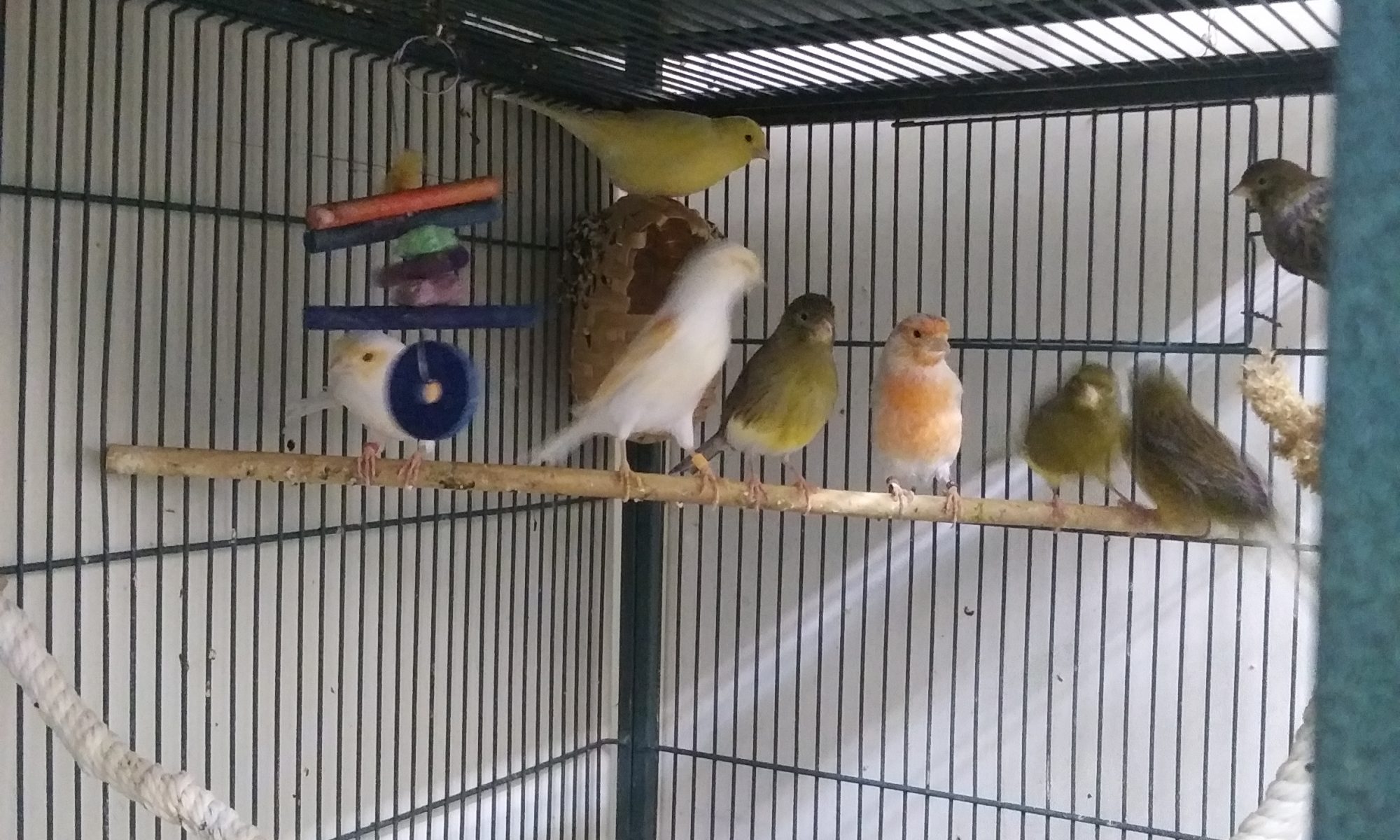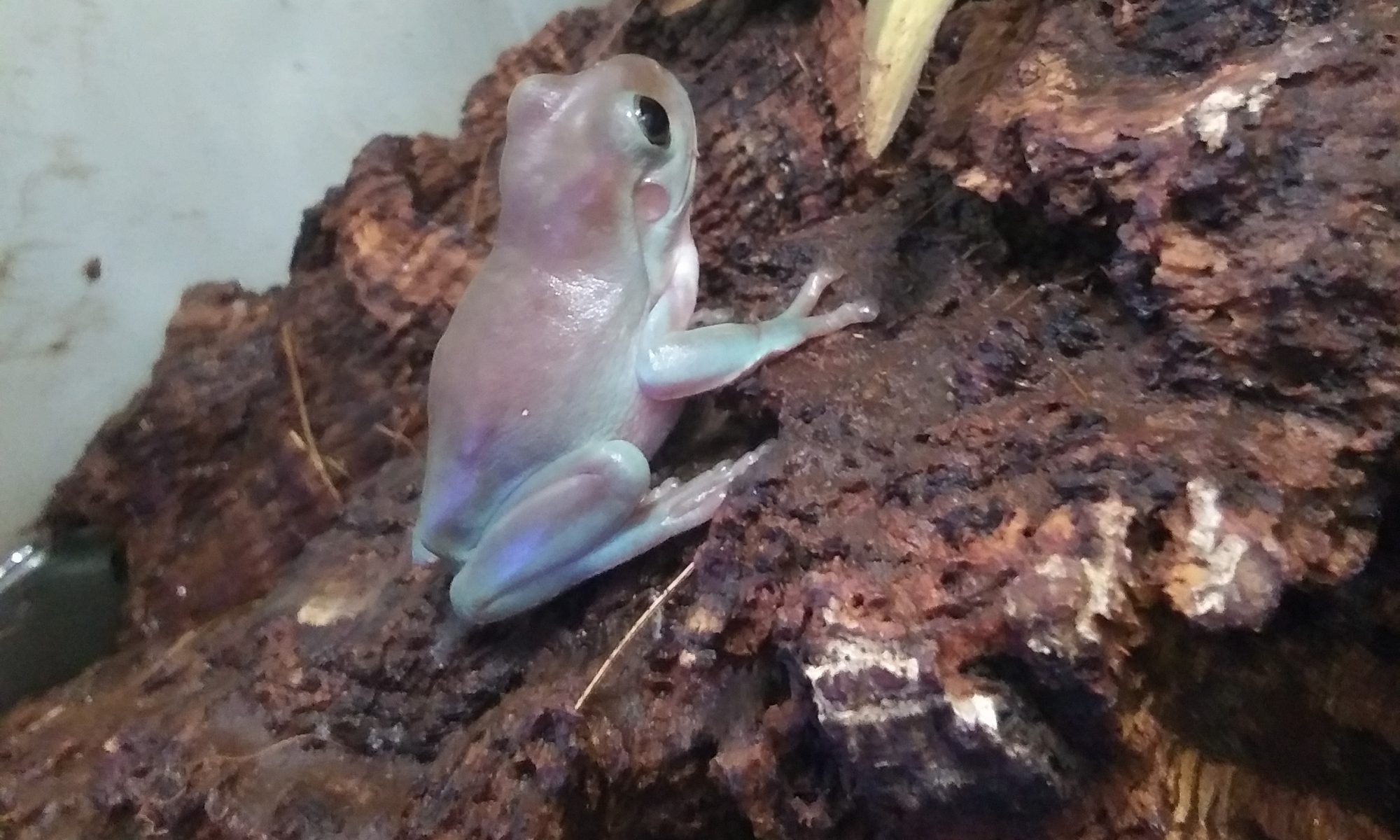Ball pythons are named for their defense behavior of rolling into a tight ball with their head in the middle. Like all other pythons, ball pythons have spurs at their vents. There are many different color morphs and patterns available today in captive bred specimens. The “standard” ball python has large chocolate brown markings with lighter medium-brown spots interspersed between the darker spots. The belly is generally off-white or a pale gray. Killerbee yellowbelly is a morph that produces a striking yellow pattern.
Housing requirements:
Enclosure: Remember that all snakes are escape artists and when designing an enclosure it is of the utmost importance that whatever enclosure is used is made as escape-proof as possible. Generally an adult ball python should be kept is a 30-gallon sized enclosure (12 inches x 36 inches).
Temperature: Daytime temperatures should be maintained at 80° – 85° F with a basking temperature of 90° – 95° F. Nighttime temperatures should be 75° – 80° F.
Heat/Light: Heat pads and heat bulbs can be used to keep their enclosure at a steady temperature. There has been no evidence to suggest that photo periods affect the keeping of ball pythons. If a regular photo period is provided it is recommended to use fluorescent bulbs
.

